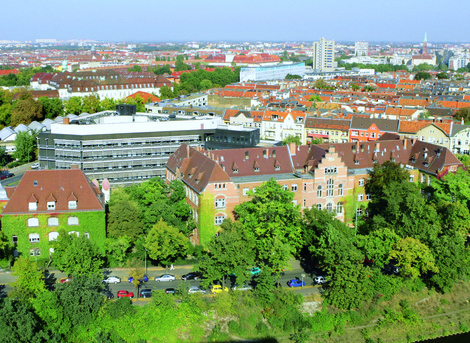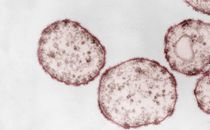Niki M, Niki M, Tateishi Y, Ozeki Y, Kirikae T, Lewin A et al. (2012): A novel mechanism of growth phase-dependent tolerance to isoniazid in mycobacteria.
J. Biol. Chem. 287 (33): 27743-27752. Epub May 30. DOI 10.1074/jbc.M111.333385.
Background: The mechanism underlying mycobacterial phenotypic tolerance to isoniazid is unknown.
Results: MDP1, a mycobacterial histone-like protein, down-regulates KatG expression.
Conclusion: Down-regulation of KatG by MDP1 causes growth phase-dependent phenotypic tolerance to isoniazid in mycobacteria.
Significance: Understanding the mechanism by which mycobacteria acquire tolerance to isoniazid is important for developing novel therapies.
SUMMARY
Tuberculosis remains one of the most deadly infectious diseases worldwide and is a leading public health problem. Although isoniazid (INH) is a key drug for the treatment of tuberculosis (TB), tolerance to INH necessitates prolonged treatment, which is a concern for effective TB chemotherapy. INH is a prodrug that is activated by the mycobacterial enzyme, KatG. Here, we show that mycobacterial DNA-binding protein 1 (MDP1), which is a histone-like protein conserved in mycobacteria, negatively regulates katG transcription and leads to phenotypic tolerance to INH in mycobacteria. Mycobacterium smegmatis deficient for MDP1 exhibited increased expression of KatG and showed enhanced INH activation compared to the wild-type strain. Expression of MDP1 was increased in the stationary phase and conferred growth phase-dependent tolerance to INH in M. smegmatis. Regulation of KatG expression is conserved between M. smegmatis and Mycobacterium tuberculosis complex. Artificial reduction of MDP1 in Mycobacterium bovis BCG was shown to lead to increased KatG expression and susceptibility to INH. These data suggest a mechanism by which phenotypic tolerance to INH is acquired in mycobacteria.



